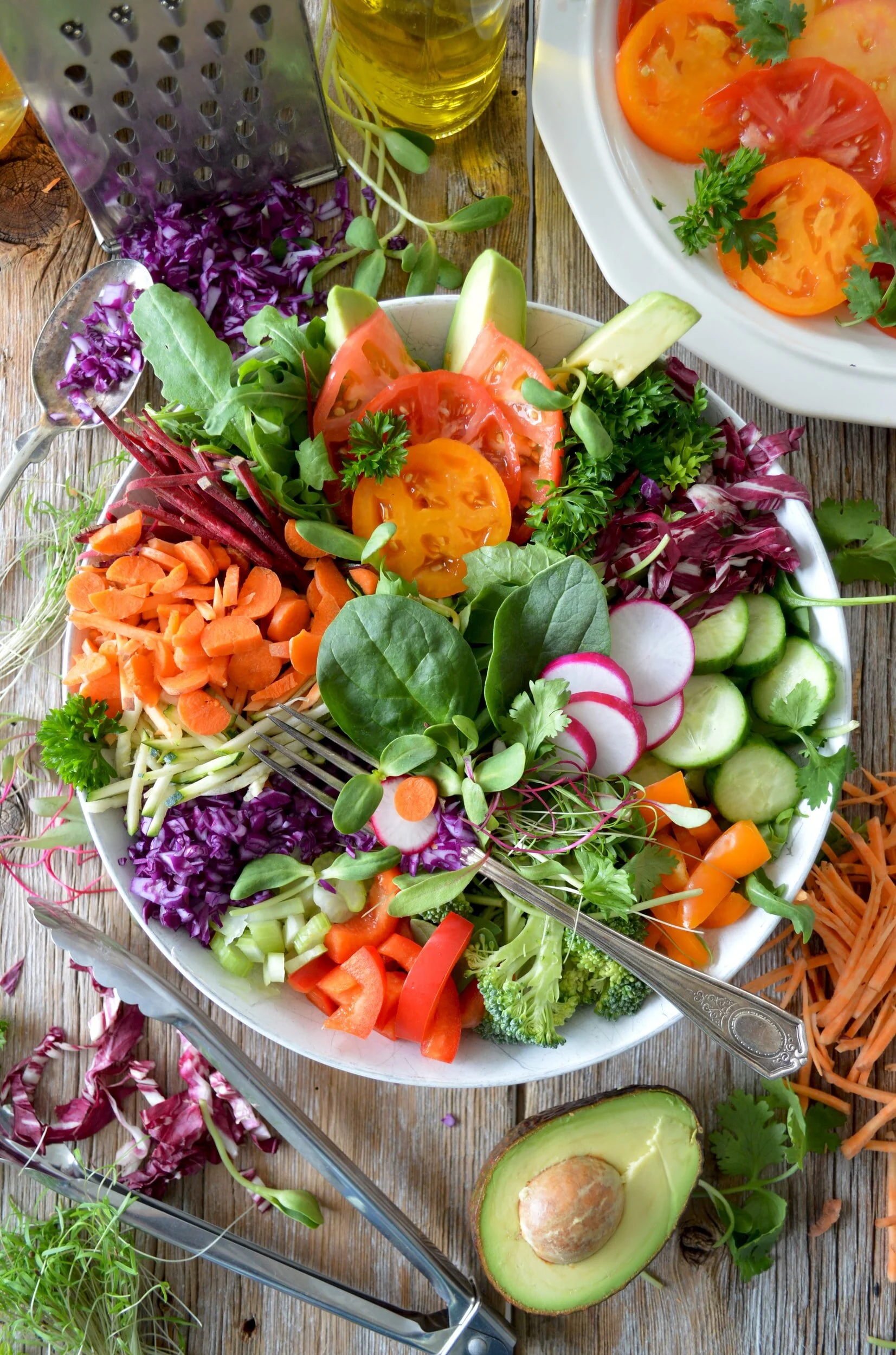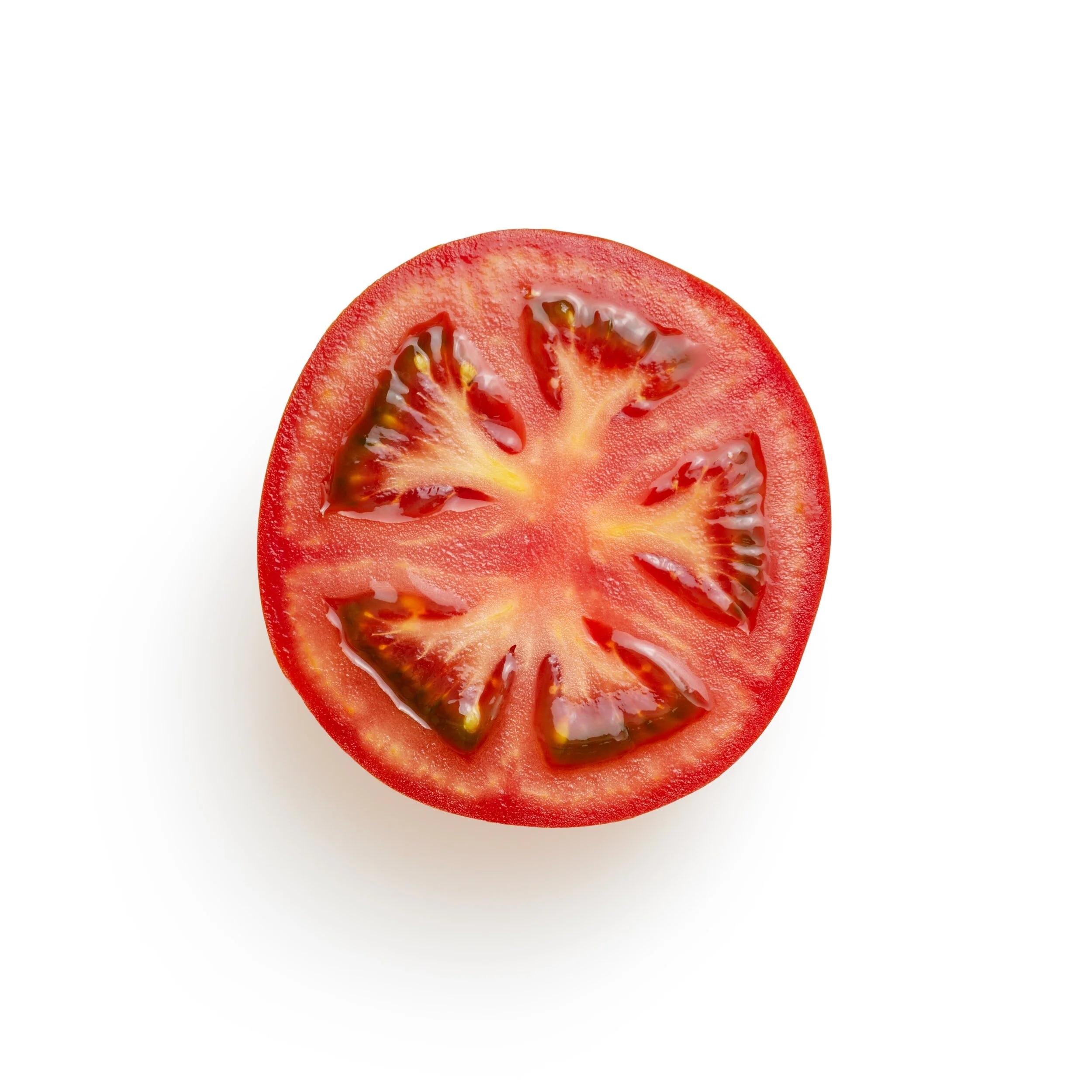Iron Importance - How to make sure you're getting enough iron on a vegan diet
WHAT IS IRON?
Iron is a mineral found in food that is essential for our survival. It’s not something that our bodies can make, so we must get it from the food we consume.
The main purpose of iron is to carry oxygen in the haemoglobin of our red blood cells, so the cells in our body can produce energy. Iron also helps remove carbon dioxide from our blood.
When the body's iron stores become very low, it can cause a number of issues.
TYPES OF IRON
There are two types of iron found in food:
● HEME IRON
● NON-HEME IRON
Heme iron is a type of iron found in animal foods such as chicken, beef, pork, fish etc. This type of iron is generally easier to absorb and can be between 15-35% of this type of iron from our food.
Non-heme iron is found in plant foods such as beans, lentils, oats, almonds, etc. Interestingly, non-heme iron is also found in animal foods (about 55- 60%). This type of iron is harder to absorb, but there are ways to increase the absorption, which will be mentioned further down.
WHY DO WE NEED IRON?
Iron is important for a number of functions in the body. It is used for:
1. Making haemoglobin
Our bodies need iron in order to make haemoglobin. So, what is haemoglobin? It’s a protein that our cells use to transport oxygen. It’s something that is essential for our overall health.
When our bodies don’t make enough haemoglobin, we don’t get enough oxygen to our cells and that can lead to shortness of breath and a number of other symptoms. Therefore, very important if you’re an active individual, particularly participating in sport.
2. Converting food to energy
Human cells need iron in order to make ATP, which is the body’s primary source of energy. Without sufficient iron, our energy production suffers. That is why people with iron deficiency tend to feel fatigued, lethargic and your usual activity will seem harder.
3. Immune function
Iron is used by the body to regulate our immunity. Our body has two types of immunity - specific and non-specific.
Iron deficiency reduces non-specific immunity, which is your body’s first line of defence against pathogens. This includes physical barriers like skin and mucous membranes and things such as inflammation or fever which are your chemical barriers. People with low iron are therefore more vulnerable to infection and disease.
SYMPTOMS OF LOW IRON
Here you’ll find a list of symptoms of low iron levels. If you have any of these symptoms, I suggest speaking to a doctor to get your iron levels tested. Even if you don’t have any of these symptoms, it’s still a good idea to know what your iron levels are.
It’s also important to remember that too much iron is not good and too little isn’t either! It’s important to have a balance. So, be sure to get tested - that way you know exactly where your levels are at.
Symptoms of low iron:
Unusual tiredness
Paleness
Shortness of breath
Headaches/dizziness
Heart palpitations
Dry and damaged skin
Hair loss
Swollen/sore tongue
Restless leg syndrome
Brittle or spoon shaped fingernails
Cravings for strange items such as ice (also known as pica)
Feeling anxious
Cold hands and feet
WHO’S AT RISK OF LOW IRON?
Certain people are at a higher risk of low iron levels. This can be due to blood loss, higher needs, digestive issues or other factors.
If you are within any of the following groups, you may be at risk of low iron levels.
· Women of childbearing age: the loss of blood with each menstrual cycle can result in low iron levels.
· Pregnant women: pregnancy can dramatically increase the body’s iron needs, that is why pregnant women are a high risk of iron deficiency.
· People with unbalanced diets: if you’re a picky eater, you might be excluding iron rich foods.
· People with a low-calorie intake: if you’re not getting enough calories, you might not be getting enough nutrients, including iron.
· People with celiac/Crohn’s disease: inflammation of the gut lining can make it harder to absorb iron.
· Female athletes: Loss of iron with high impact sports and lower body weight and/or fat percentage can be a risk for lower iron levels, particularly females.
HOW MUCH IRON DO WE NEED?
Your iron needs depend on a number of factors. If you’re a woman of childbearing age, you’ll need more iron than other adults to replenish the iron lost each month during your menstrual cycle.
You can find a chart of the recommended daily allowance (RDA) of iron below.
Special note: If you’re a vegan or vegetarian, it certainly is possible to get enough iron if you eat a well-planned and balanced diet. However, due to the complete reliance on non-heme sources of iron (which are poorly absorbed compared to heme iron), it is recommended that vegans and vegetarians consume 1.8 times the daily recommended intake listed above.
That would amount to an intake of 32 mg per day for a woman between the ages of 19 and 50. Be aware, you shouldn’t get too much iron as mentioned above, this can cause haemochromatosis. Therefore, aim for no more than 45 mg/day to be sure. Please speak to a doctor if you’re unsure, especially if you’re pregnant or have been told you suffer with haemochromatosis. These guidelines don’t apply.
TIPS ON ABSORBING IRON
1. Eat more iron rich foods
Try to make a conscious effort to eat iron-rich foods with almost every single meal. That way you’re already giving yourself a head start.
2. Pair vitamin C foods with your iron-rich foods
Many studies have shown vitamin C increase the absorption of non-heme iron (mainly found in plants). Try and plan out your meals in advance so you know what foods to pair together. For example, have your morning oats with mulberries, hemp seeds as sources of iron and add fresh fruit such as strawberries for vitamin C. Another example would be having a lentil, chickpea and spinach curry with cumin seeds for an iron-rich meal and pairing with lemon juice, tomatoes or red peppers for an additional vitamin C boost.
3. Soak beans, pulses and lentils before cooking
Beans, lentils and grains contain compounds known as phytates, which make it harder to absorb iron. A way to increase the bioavailability of these foods is by soaking them before cooking. Just make sure you cook with fresh water to avoid any bacteria from leaving overnight.
4. Avoid tea and coffee with iron-rich meals
Coffee and tea contain compounds such as caffeine, tannins and polyphenols that make it harder to absorb iron from food. One study has shown tea to reduce iron absorption by over 60%! This goes for other drinks such as peppermint tea, cocoa, chamomile and coffee. Best to wait a couple of hours before or after your meals to be sure.
5. Avoid taking calcium supplements with iron-rich meals
Calcium is a known inhibitor of iron absorption. Therefore, if you’re supplementing or having meals high in calcium (fortified beverages), try and consume them separately to iron-rich meals.
6. Cooking with cast iron pans
Some studies have actually shown cooking with iron cast pans can leak iron into the food. This will vary massively to how old the cookery is, what foods you’re cooking (acidic, moist foods pick up more than dry) and the cookware to start with. Therefore, don’t rely on this method, but nevertheless, still a good add on to think about.
7. Steaming over boiling foods
Some iron-rich vegetables such as spinach and asparagus that are high in iron, don’t absorb much water like grains and pulses. Therefore, a lot of the nutrients (including iron) can be lost during boiling, as you throw away the water. We suggest steaming most vegetables to keep the nutrient content. It’s still helpful to heat these foods as it makes them more bioavailable to the body, allowing you to absorb iron effectively. Just be mindful on your cooking methods!
References:
http://www.thinkybites.com/content/2017/10/14/can-i-get-enough-iron-on-a-plant-based-diet
https://www.britannica.com/science/immune-system
http://www.irondisorders.org/iron-we-consume/
https://www.dietitians.ca/Downloads/Factsheets/Food-Sources-of-Vitamin-C.aspx
https://www.ncbi.nlm.nih.gov/pubmed/6402915



